If you’ve decided to level up your skin care routine, but suddenly feel like you need to have a science degree to understand all the AHA/BHA, HAs, retinols, vit-Cs and Ds mambo-jambo; let’s start with a crash course in ingredients you should not be mixing.
This is important to ensure you aren’t wasting money by using ingredients that will cancel each other out. Or, you know, to avoid burning your face off.
RELATED: Everything you need to know about retinols
RELATED: Your in-isolation weekly sheet mask schedule
One crucial thing to remember when structuring your skin routine: just because two ingredients have the same benefits, i.e. acne-fighting, doesn’t give them the green light to be mixed. Yes, they may be fighting the same fight, but they could also be speaking totally different skin languages.
Think of it like this: just because salmon and chicken katsu make great sushi roll fillings, doesn’t mean they should be used together.
And when it comes to complexion flavours, these are the combos that don’t marry well…
Retinol + AHA/BHAs

Retinol (vitamin A) stimulates cell turnover, which essentially means it is getting rid of dead, dull skin cells and replacing them with new ones.
This is a secret weapon for reducing the appearance of fine lines, wrinkles, acne and dark spots.
However, it can be irritating if overused or mixed with exfolating acids such as AHAs and BHAs. Therefore, the two should never be used within the one skin care regimen.
bh recommends: Alpha-A Vitamin A 0.5% as a retinol and Paula’s Choice Skin Perfecting 2% BHA Gel Exfoliant as an exfoliating acid.
Salicylic Acid + Glycolic Acid

These ingredients are favourites for removing dead skin cells, however, pairing them together will not give you a double dose of effectiveness.
Salicylic is best used when treating acne-prone or oily skin, whereas glycolic is more suited to mature skin, targeting fine lines and wrinkles.
bh recommends: Ultraceuticals Ultra Gentle Exfoliating Gel for salicylic and Dr.LeWinn’s Reversaderm Glycolic Cleanser for glycolic.
Vitamin C + Retinol

Both of these ingredients are heroes in their own rights, with vitamin C primarily for brightening and retinol an anti-ageing powerhouse. However, using them at the same time can overstimulate the skin.
You can still use them in the same day, just at opposite ends and never together.
Vitamin A is best used at night, while vitamin C is perfect in your morning routine under SPF.
bh recommends: Clinique Fresh Pressed Daily Booster With Pure Vitamin C 10% and Ultraderm Rapid Retinol Concentrate
AHA/BHAs + Vitamin C

If you love throwing money to the wind, mix these products.
Vitamin C and AHA/BHAs offer amazing antioxidant benefits, however, combining them can throw off the pH balance of your skin which will essentially render them both completely useless.
If you insist on having both in your cabinet, use separately.
Oil-based + Water-based

Water and oil don’t mix.
Using an oil-based product before a water-based formula is going to stop the water from absorbing into your skin.
If you are applying your face oil first, you may as well just be covering your face in a shield before you get to the water-based serum. Vice-versa it’s a-ok, which is why most just abide by the rule of oils last, always.
bh recommends: Sukin Rosehip Certified Organic Oil and Neutrogena Hydro Boost Water Gel
Niacinamide + Vitamin C

For anyone with sensitive skin, be careful of mixing these two together as, again, it can overstimulate the skin and trigger breakouts.
However, used separately, they are both amazing ingredients for conjested or blemish-prone complexions. We’d suggest niacinamide for those with troubled skin, and vitamin C for those who only have the odd pimple every now and then.
bh recommends: Paula’s Choice 10% Niacinamide Booster and La-Roche Posay Pure Vitamin C10 Serum
Vitamin C & Benzoyl Peroxide

If you’ve been using these two ingredients together, to put it simply, you’re flogging a dead horse. Benzoyl peroxide causes vitamin C to oxidise and you’ll end up exactly where you started.
Retinol & Salicylic Acid

When it comes to fighting acne, both of these ingredients are going to make a quick and visible impact.
However, resist the temptation of doubling down because when they are used together, the result will be red, dry and irritated skin, potentially worsening your pre-existing congestion.
To avoid the two superhero ingredients being too harsh for your skin, stick to using your retinol at night and your acids during the day.
bh recommends: SkinCeuticals Retinol 0.3 as a retinol and Paula’s Choice Clear Regular Strength Anti-Redness Exfoliating Solution with 2% Salicylic Acid as a salicylic acid
Soap-Based Cleanser & Vitamin C

According to dermatologist Leslie Baumann, when it comes to your skin’s ability to absorb vitamin C, the cleanser you are using pre-application is making an impact.
As vitamin C is more effective when formulated with a low pH, when you are using a soap-based cleanser (which contains a high pH) you are limiting your skin from drinking up all the goodness.
So in order to get a better bang for your buck (because let’s face it these serums ain’t cheap), enlist a salicylic or glycolic-based cleanser in the morning before you apply your vitamin C.
Two different products with the same actives

Aside from the fact that there’s simply no real need to double up on the same active ingredient, you might also be tempting fate when it comes to disrupting your skin barrier.
An example of one such risky double up that you may not realise you’re making is applying a salicylic acid face mask and then finishing with a BHA-containing serum. Stick to one, your skin will thank you for it.



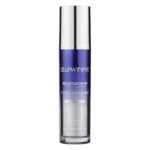
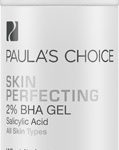
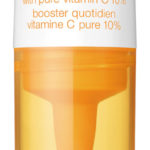
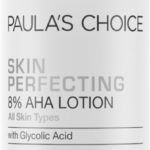
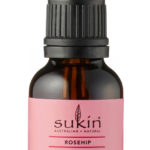
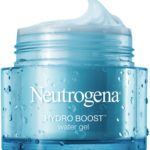

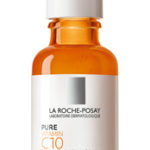


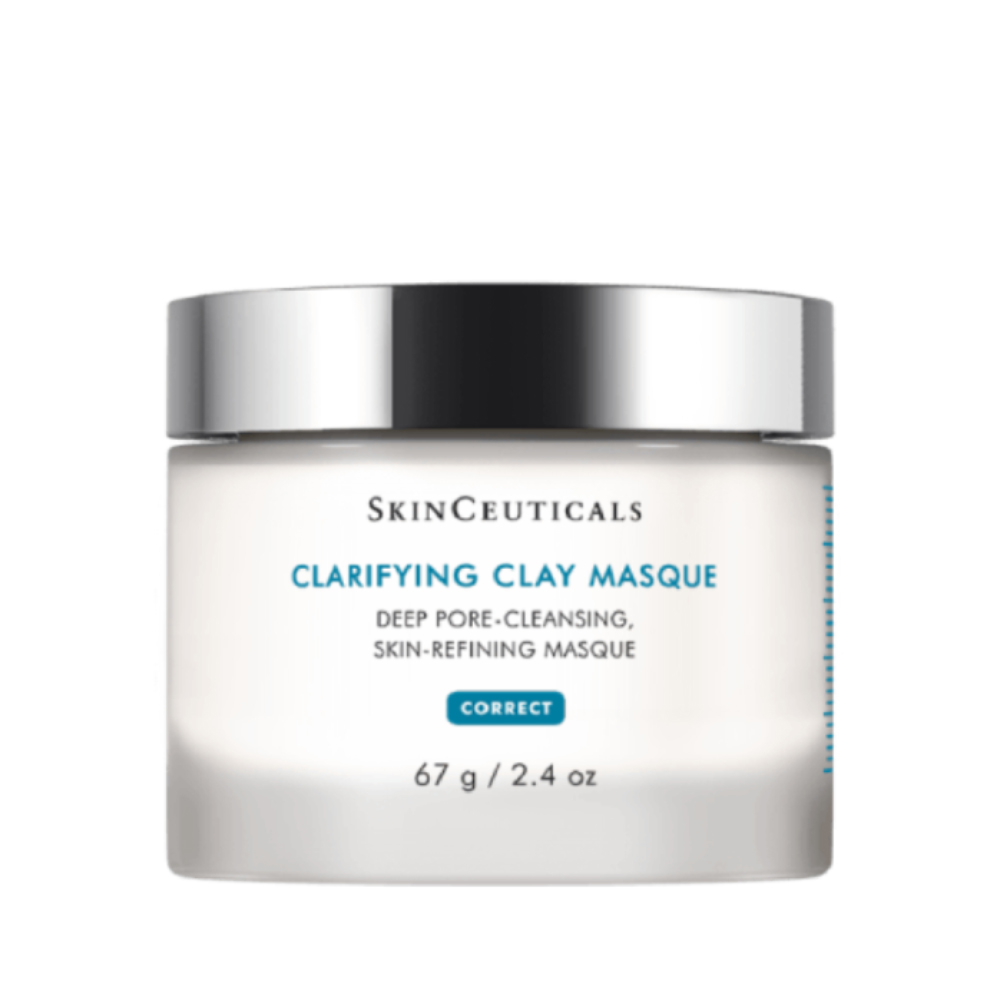
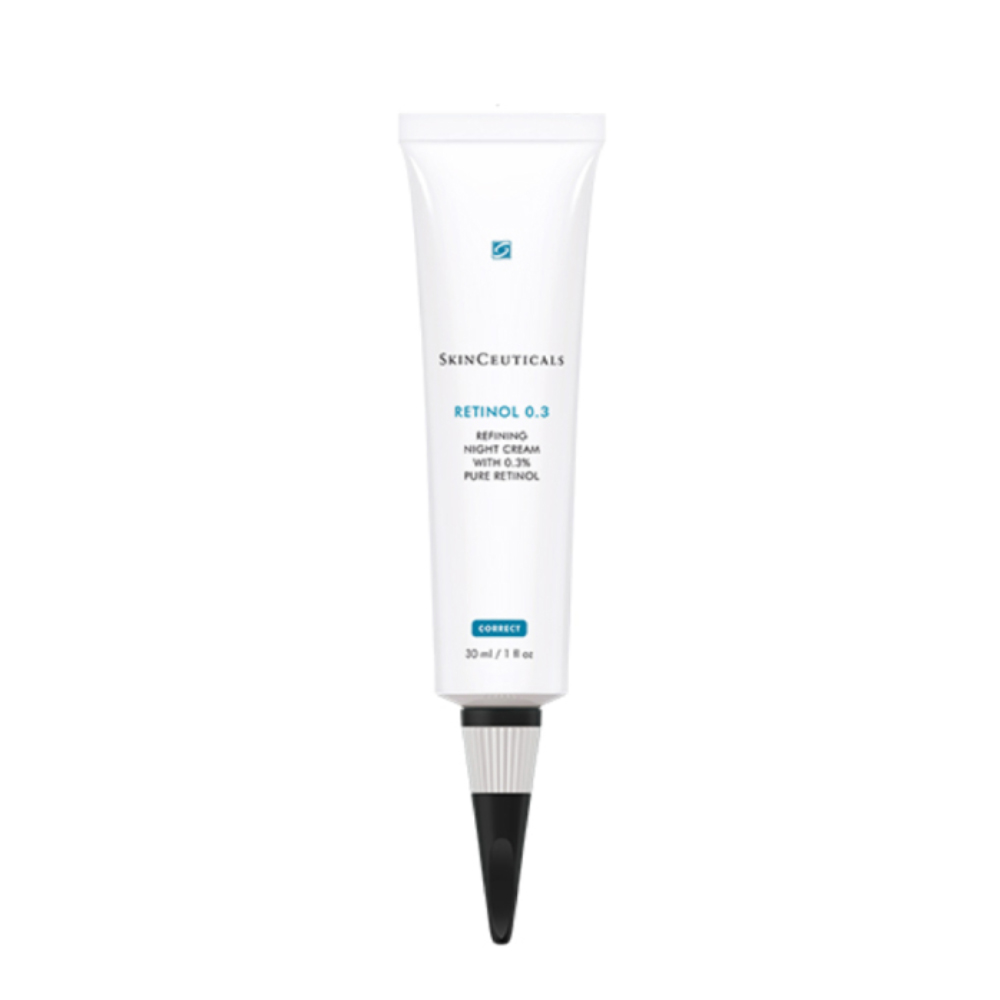
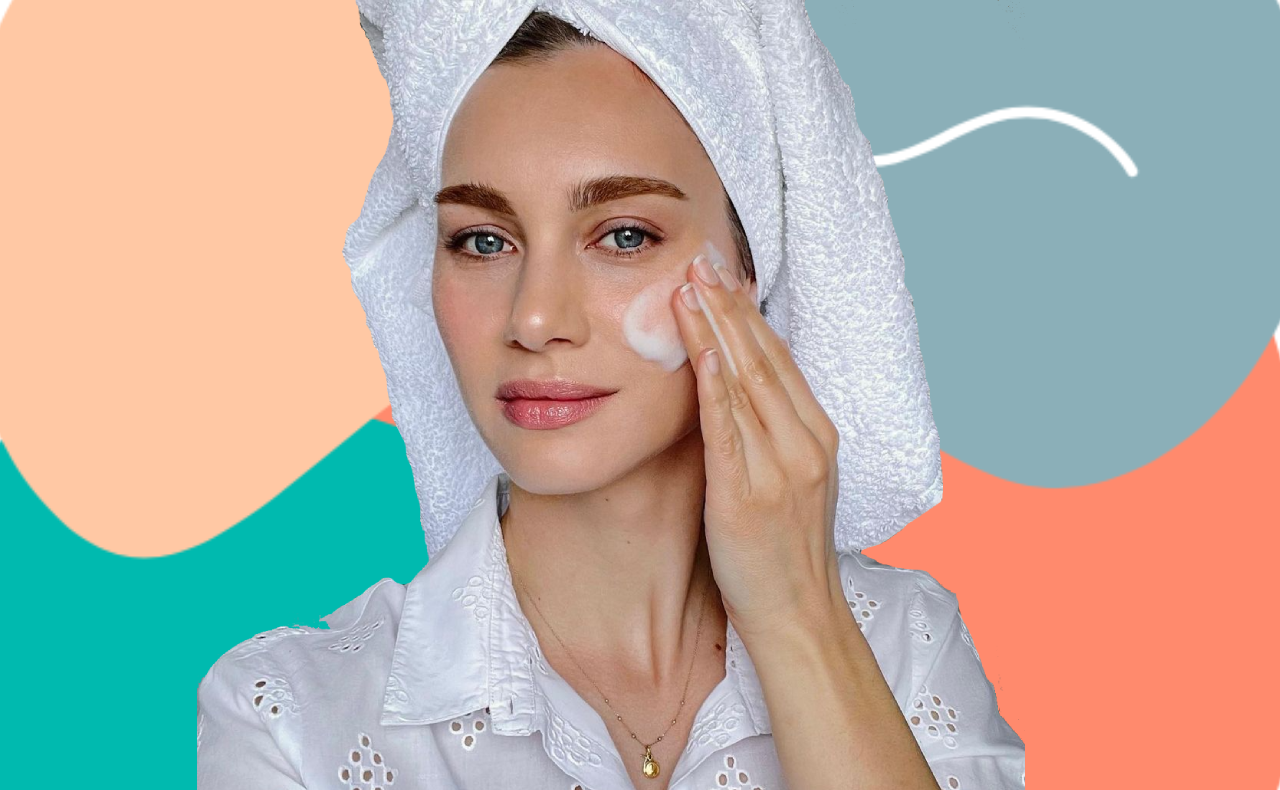
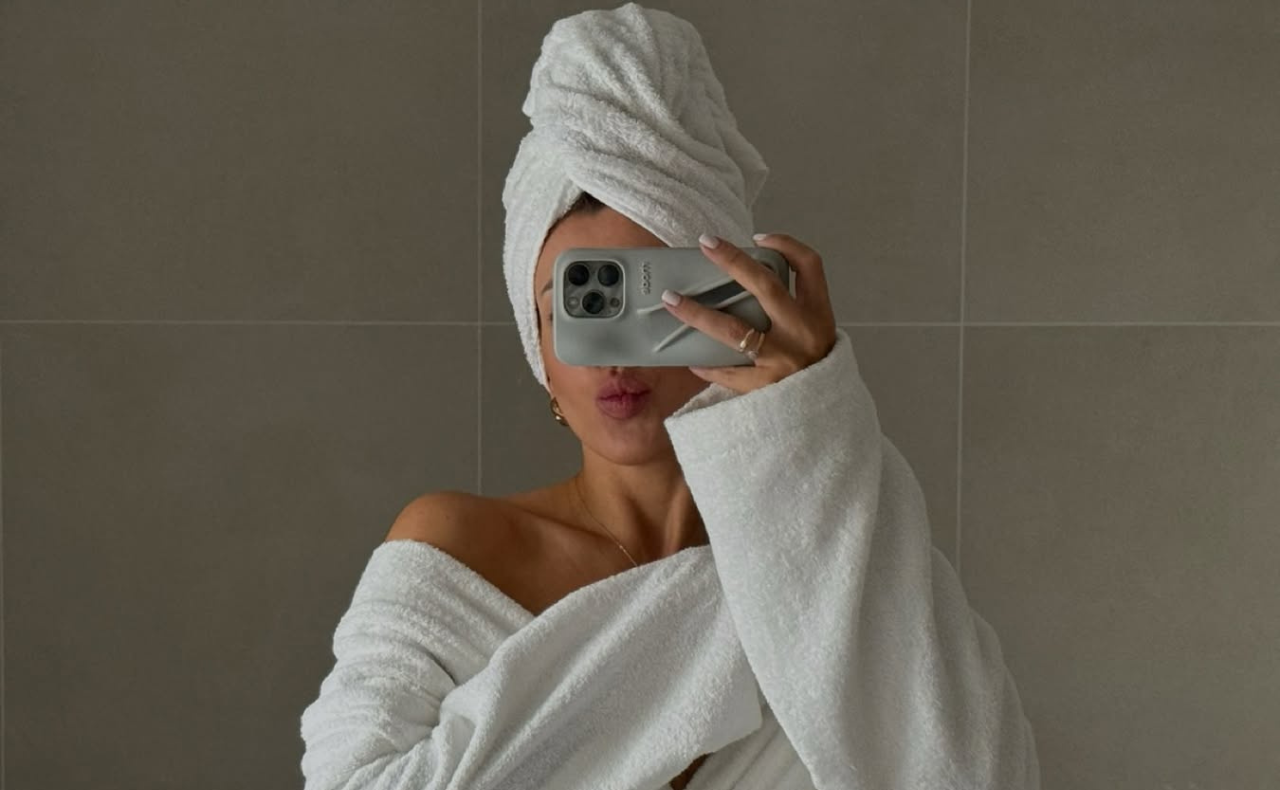


Oh my, I've been putting my oil on first and then night cream. I never knew that was the wrong way around.
I've luckily never had any skin issues from using different kinds of products.
Very useful information.
Very important info here, need to see what is in all our serums
Good piece of information there, thanks!
What a great and interesting article. This is stuff we all should be aware of and know.
Such a useful, important article, thanks
This is good information to know! However I have a sleep cream that combines retinol & AHA’s and does works amazingly with my skin
Yes AHA & vitamin c should not be mixed, i have used them together and had a very nasty reaction, definitely never mixing them again
This article has some really good tips but I think there is a lot more nuance and detail when it comes to pairing and layering skincare than this provides.
Hmm don't mix actives with other actives… got it! Bit hard these days though, with so many excellent products. Hugely loving Alpha-H right now, and the Ordinary so I have been experimenting a lot with these acids.
all so confusing but ill pick it up one day
Good to know. Thanks
The water and oil make heaps of sense, although I'm not a fan of putting oil on my face in the first place really! A big fan of Neutrogena Hydroboost though
I love this, so informative!!
I've bookmarked this article for future reference. I know how to use what I'm using now, but if I try something new, I'll check back here.
I've marked Ha32's post below as SPAM!
I've bookmarked this article too, hugely helpful!
Some of these make sense, but 2 of these jumped out for me:
AHA+BHA are so commonly formulated together and my skin loves this combo. LOVES it.
Niaccinamide +VitC – the saying that they can't be used together was very outdated and scientifically proven incorrect.
Of course, for anyone with sensitive skin just need to be careful with actives like acids, retinol and VitC in general
I agree – AHA+BHA is so commonly formulated together and my skin loves this combo. LOVES it. Niaccinamide +VitC as well – the saying that they can't be used together was very outdated and scientifically proven incorrect.
Great info
Good advice. I use products from The Ordinary so I’m always having to check which products can and can’t be used together.
It makes sense not to mix oil and water but the others I have never heard, hard to remember, maybe they should have the warnings on the labels.
Good to know.
Interesting article, good to know these things 🙂
Thank you for telling me this I was going to buy some of these products not knowing that they weren’t meant to be mixed! I’m sad but glad I found out.
Good information
Thank you for sharing. Good to know this.
I found information like this on Google so I wrote it down in a notebook and labelled it "Beauty Do's and Don'ts".
This can be so confusing!
Great article and very informative
I agree! Very confusing and hard to remember.
I am not sure I will remember all of this! I think I should stick to fewer products.
you can click the add to favourites button at the top and come back and re-read when you need to.
Something to note
But I can see it's another quite old article. Information might have changed since then?
Ah this is good information – I did not know about these.
Great article! I think a lot of the information is common sense. I’d like to try the Boost Lab Serums. I’ve seen them advertised a few times here, and they sound great.
Great info. This one's going straight to the favourites.
Very informative article
Man, looove when serum has retinol and acid in it! Best stuff for my skin!. Also love aha and bha together.
evidence shows that vitamin c works better when used with bha
then why can you get products with bha and aha together – sacicylic and glycolic
Actually, Olay’s vitamin c serum has niacinamide in it.
Very true!
I wonder this too…
Did not know about the oil after the water based moisturizer. Was considering adding a facial oil to my routine. Will add it at the end.
Thank You -easy to make this mistake
wow there is so much to learn. Really need a little book that can be kept in a handbag. Something easy to refer to when shopping.
Same!!! A great reference article!! ♥